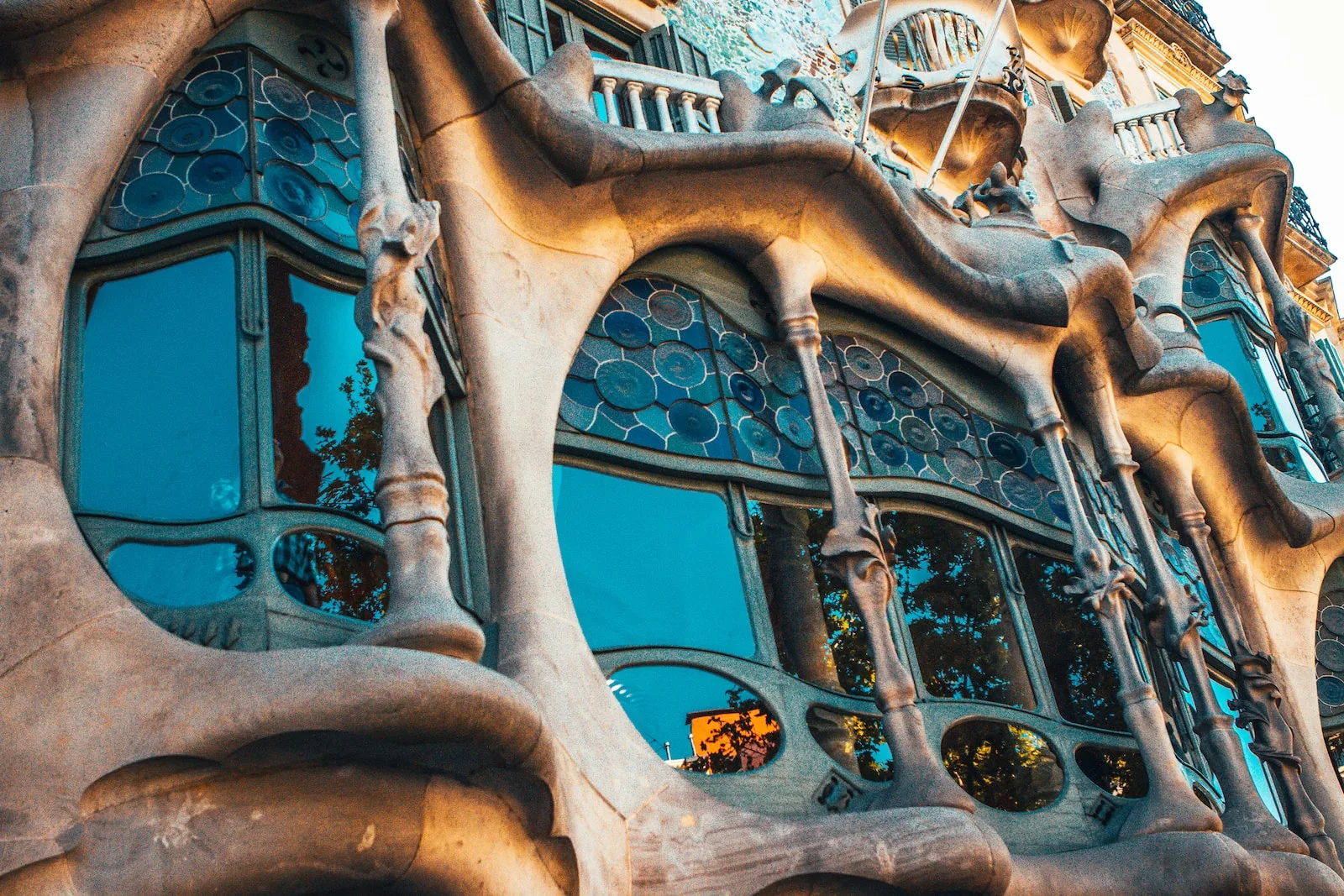Table of Contents
Introduction to 20th Century Architecture
The 20th century stands as a pivotal era in the evolution of architectural design. It was a time marked by groundbreaking innovation, shifts in societal perspectives, and a myriad of influential movements that redefined the built environment. Understanding the origins and developments of 20th-century architecture requires a glimpse into its influential styles, technological advancements, societal impacts, and the visionary minds that shaped this transformative period.
Emergence of Modernism
At the outset of the 20th century, architecture witnessed a departure from traditional styles with the advent of Modernism. Architects embraced new materials, emphasized functionality, and dismissed ornate decorations, focusing instead on clean lines and minimalist designs.
Art Deco Movement

The Art Deco movement emerged as a celebration of luxury, glamour, and technological progress. This style featured geometric patterns, bold colors, and streamlined forms, influencing not just architecture but also art, fashion, and industrial design.
Bauhaus Influence
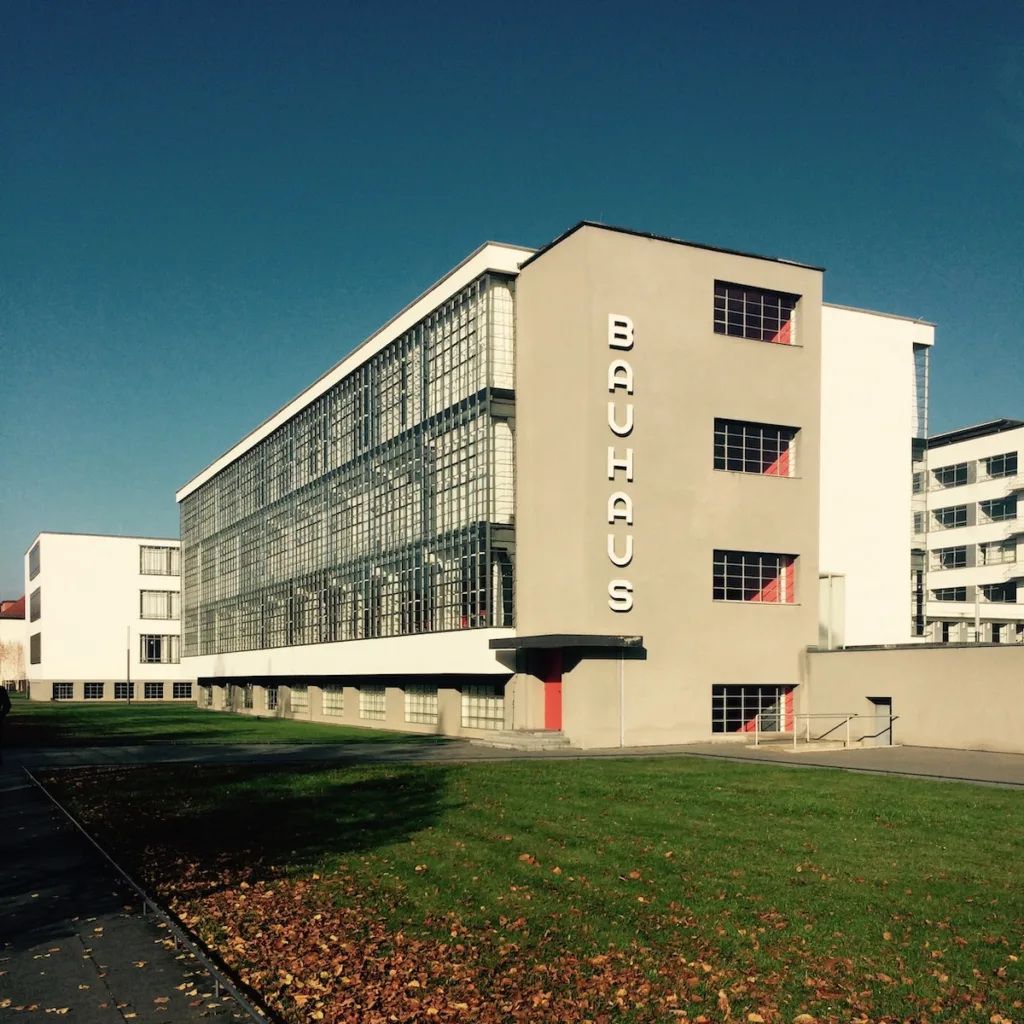
The Bauhaus School, founded by Walter Gropius, revolutionized design education and aesthetics. Its interdisciplinary approach merged craftsmanship with modern technology, setting the stage for functional, simplistic, yet aesthetically pleasing designs.
Architectural Innovations and Technological Advances
The 20th century witnessed remarkable advancements that reshaped architectural possibilities.
Introduction of Steel and Glass
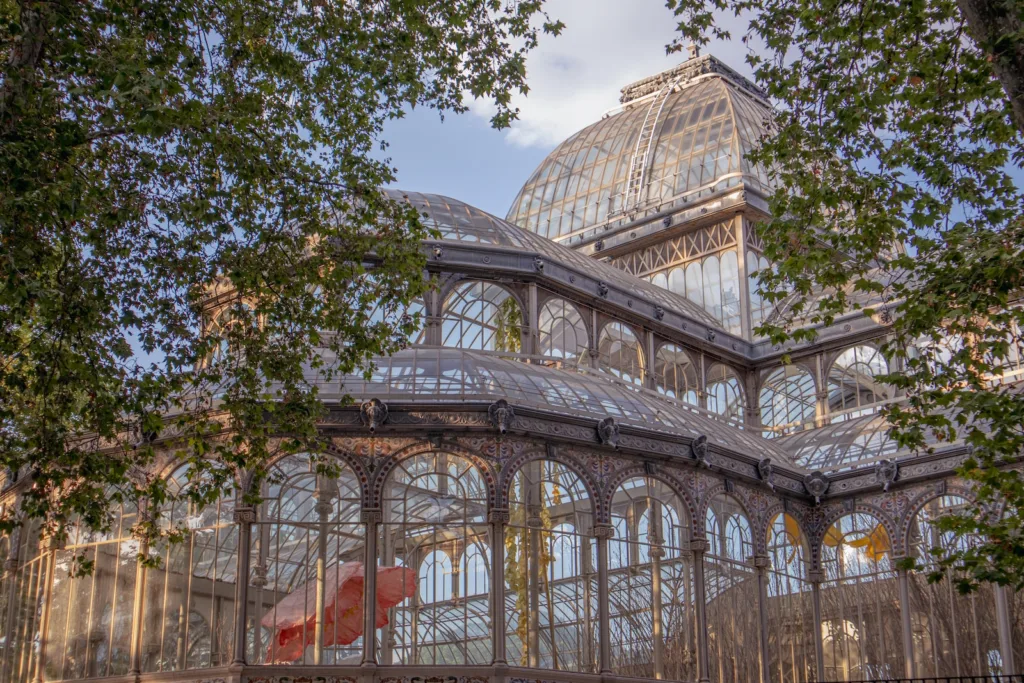
The utilization of steel and glass allowed architects to create towering structures with expansive windows, altering the skyline of cities and ushering in the era of skyscrapers.
Skyscrapers and Urban Landscapes
Skyscrapers became icons of modernity, representing progress and urbanization. Cities transformed with towering structures that redefined the concept of living and working spaces.
Reinforced Concrete and Mass Production
The invention of reinforced concrete facilitated mass production of buildings, enabling efficient construction and fostering experimentation in architectural forms.
Cultural and Societal Impact on Architectural Trends
The architectural landscape of the 20th century was deeply intertwined with global events and societal shifts.
Post-World War I Reconstruction
Following the devastation of World War I, architects sought to rebuild cities, embracing innovative approaches to design that aimed for functionality and optimism.
The Great Depression and Architectural Responses
The economic turmoil of the Great Depression compelled architects to create affordable and practical designs, emphasizing functionality over opulence.
Shifts in Post-World War II Architecture
Post-World War II architecture focused on renewal, with emphasis on functionality, flexibility, and experimentation.
Famous Architects and Their Contributions
Throughout the 20th century, visionary architects left an indelible mark on the field.
Frank Lloyd Wright – Organic Architecture
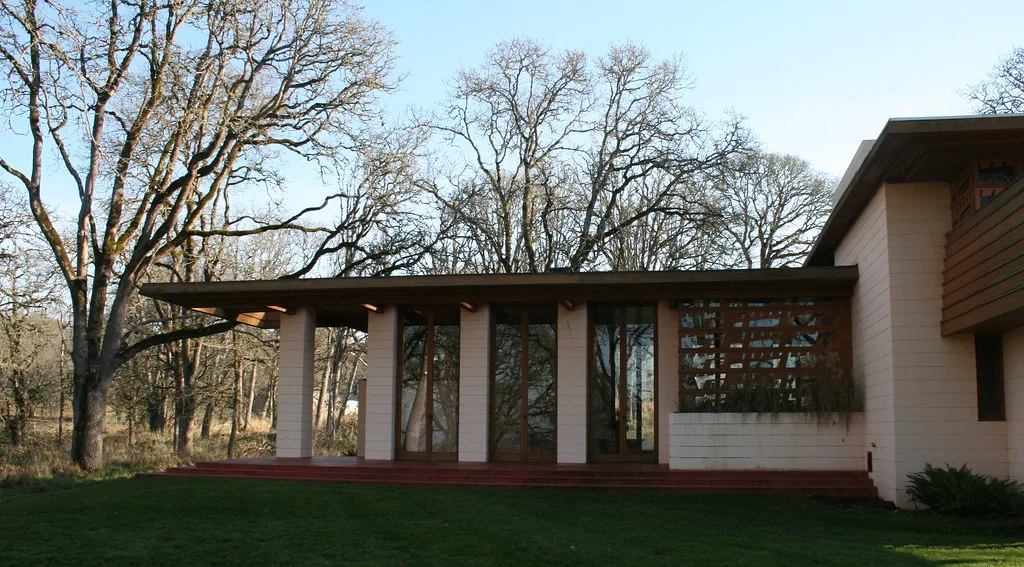
Frank Lloyd Wright advocated for organic architecture, harmonizing buildings with their natural surroundings through innovative design.
Le Corbusier – Modern Urban Planning
Le Corbusier pioneered modern urban planning, envisioning cities that combined functionality, aesthetics, and efficient use of space.
Mies van der Rohe – Minimalism and Structural Innovation
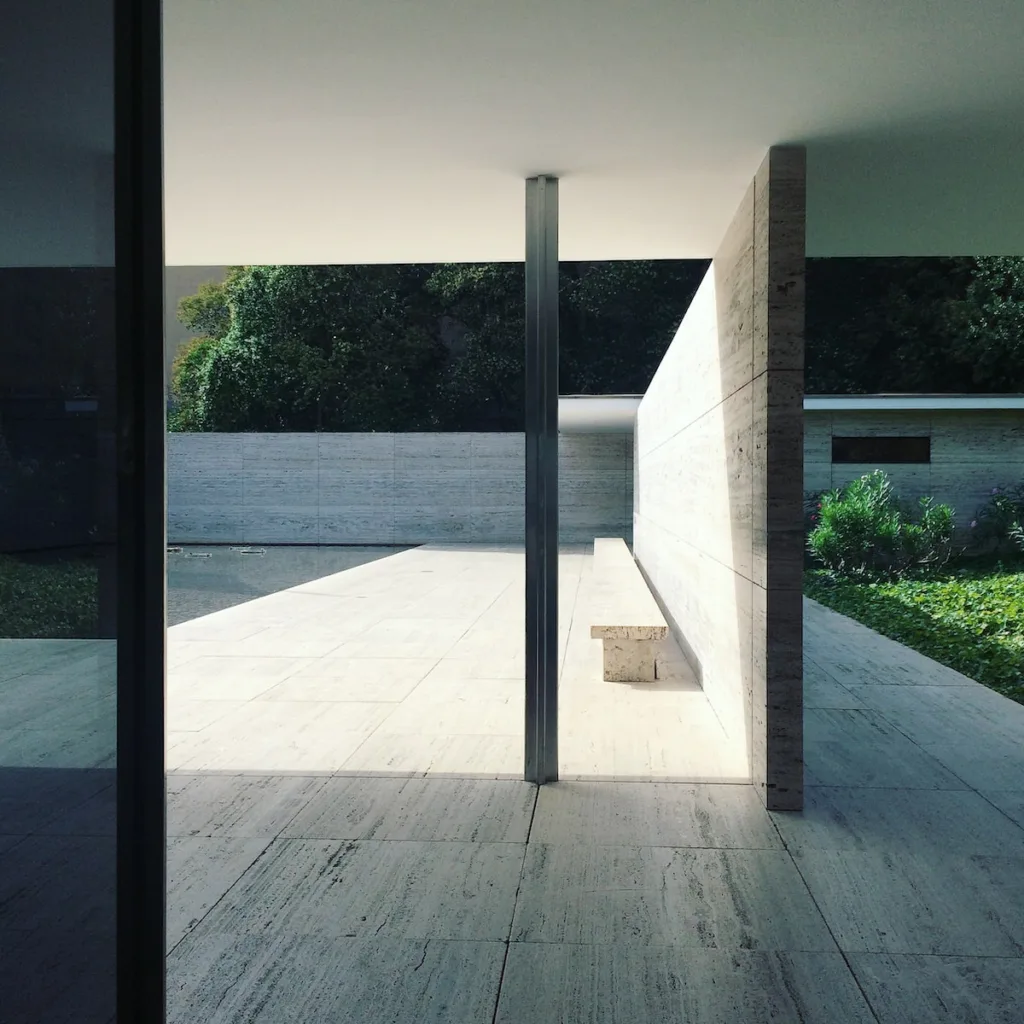
Mies van der Rohe’s minimalistic designs and structural innovations emphasized the phrase “less is more,” influencing modern architectural aesthetics.
Revival of Historical and Regional Styles
Amidst the innovation, there was a resurgence of interest in historical and regional architectural styles.
Art Nouveau Resurgence
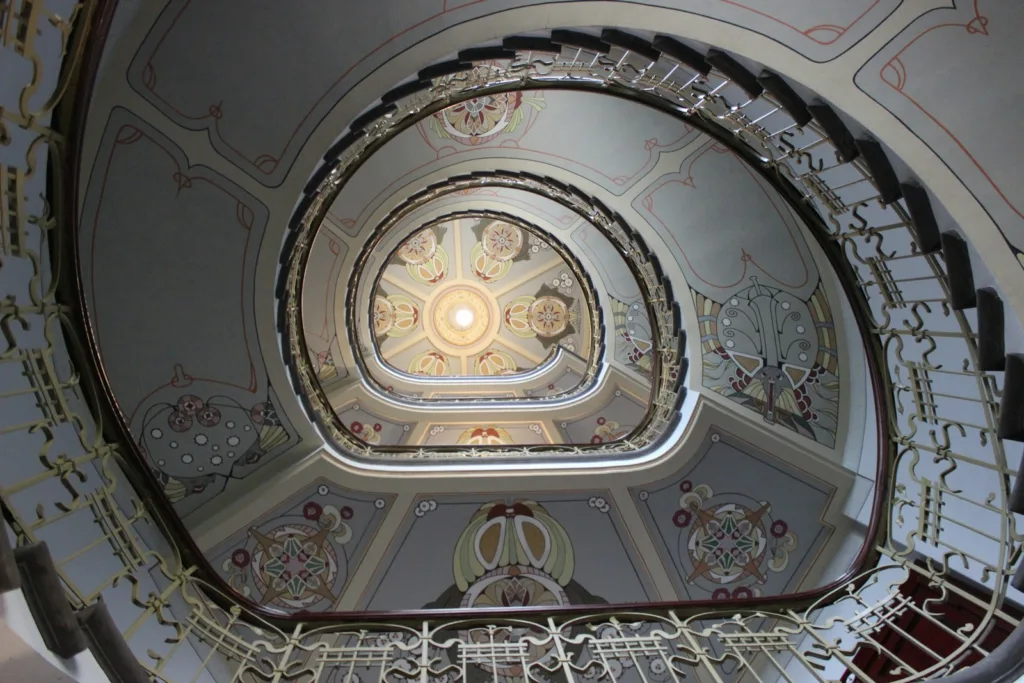
A revival of the Art Nouveau movement brought back ornate designs and organic forms, blending the past with contemporary sensibilities.
Regionalism and Revivalist Movements
Architects sought inspiration from regional traditions, reviving local architectural styles and infusing them with modern techniques.
Impact of 20th Century Architecture on Contemporary Design
The legacy of 20th-century architecture continues to shape contemporary design philosophies.
Sustainable Architecture and Environmental Concerns
The 21st century has seen a resurgence in sustainable architecture, echoing the early 20th century’s emphasis on functionality and environmental harmony.
Integration of Technology in Design
Advancements in technology have opened new possibilities for architects, allowing for intricate designs and innovative building materials.
Conclusion
The architecture of the 20th century serves as a testament to human creativity, resilience, and adaptability. From the birth of modernism to the fusion of technology and design, this era laid the foundation for architectural principles that continue to influence and inspire the built environment today.
FAQs
1. How did the Art Deco movement impact architecture in the 20th century? The Art Deco movement brought about a shift towards geometric patterns, bold colors, and streamlined designs, influencing not just architecture but various art forms and design disciplines.
2. Who were some influential architects of the 20th century and what were their contributions? Architects like Frank Lloyd Wright, Le Corbusier, and Mies van der Rohe made significant contributions to architecture, advocating for organic designs, modern urban planning, and minimalistic aesthetics, respectively.
3. How did World War II influence architectural trends in the mid-20th century? Post-World War II, architecture emphasized renewal, functionality, and experimentation, reflecting the societal shifts and the need for rebuilding.
4. What role did technology play in shaping 20th-century architecture? Technological advancements, such as the use of steel, glass, and reinforced concrete, revolutionized architectural possibilities, allowing for taller structures and innovative designs.
5. How does the legacy of 20th-century architecture impact contemporary design practices? The principles of functionality, sustainability, and integration of technology pioneered in the 20th century continue to influence contemporary design, shaping sustainable and technologically advanced architectural solutions.
